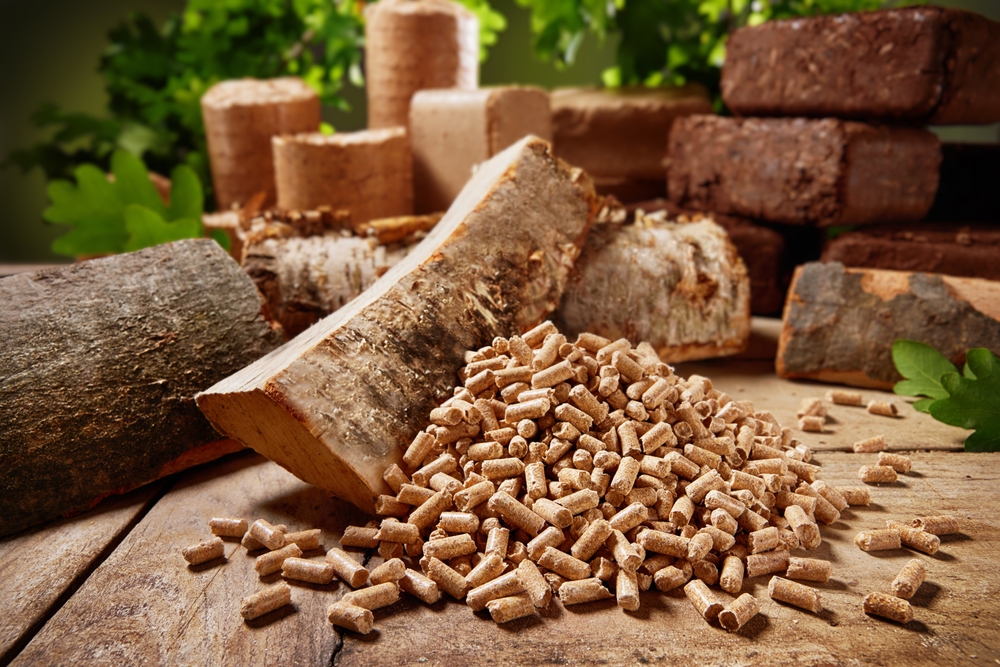In the quest for sustainable energy sources, wood briquettes have emerged as a promising alternative, offering an eco-friendly solution for both heating and cooking. These compacted biomass blocks, made from compressed sawdust and wood waste, have gained popularity as an efficient and renewable energy option. This article explores the world of wood briquettes, delving into their composition, benefits, production process, and environmental impact.
**1. Composition of Wood Briquettes
Wood briquettes are typically composed of sawdust, wood chips, and other wood residues. These raw materials are compacted under high pressure without the need for additional binders or additives. The result is a dense and uniform biomass block that retains the calorific value of the original wood material. The absence of harmful chemicals makes wood briquettes a cleaner burning option compared to traditional firewood.
**2. Benefits of Wood Briquettes
2.1. Energy Efficiency
Wood briquettes have a higher energy density compared to traditional firewood. This means that they can produce more heat with less material. The compact and uniform shape of briquettes also allows for consistent and controlled combustion, resulting in a more efficient energy conversion.
2.2. Cost-Effectiveness
While the initial investment in a briquette-making machine may be a consideration, the overall cost of using wood briquettes can be competitive. The higher energy content and longer burn time of briquettes contribute to reduced fuel consumption, ultimately saving money in the long run.
2.3. Reduced Carbon Footprint
The production and use of wood briquettes have a lower carbon footprint compared to traditional fossil fuels. The raw materials used in briquette production are often waste products from the wood processing industry, diverting them from landfills. Additionally, the combustion of wood briquettes releases only the amount of carbon dioxide that the trees absorbed during their growth, making it a carbon-neutral fuel source.
**3. Production Process
3.1. Raw Material Preparation
The first step in wood briquette production involves collecting and preparing the raw materials. This usually includes sawdust, wood shavings, and other wood waste. The moisture content of the raw material is crucial, and it is often dried to the optimal level before processing.
3.2. Briquette Formation
The prepared raw material is then fed into a briquette-making machine, where it undergoes compaction under high pressure. Some machines may use heat or additives to facilitate the binding process, but many wood briquettes are produced without the addition of external elements.
3.3. Quality Control
Quality control measures ensure that the produced briquettes meet specific standards. This includes checking for uniform size, density, and moisture content. High-quality wood briquettes result in consistent and efficient combustion.
**4. Environmental Impact
Wood briquettes offer a renewable and sustainable energy alternative that mitigates environmental concerns associated with traditional fuel sources. By utilizing wood waste for energy production, the demand for fresh timber is reduced, contributing to forest conservation. The carbon-neutral nature of wood briquettes further emphasizes their role in addressing climate change.
Conclusion
Wood briquettes represent a green and efficient solution in the pursuit of sustainable energy. Their composition, benefits, production process, and positive environmental impact make them a compelling option for individuals and industries seeking cleaner alternatives. As the world continues to prioritize eco-friendly energy sources, wood briquettes are likely to play a crucial role in shaping a more sustainable future.
This article is provided by https://www.hanleysofcork.com/outdoor-living/fuel



